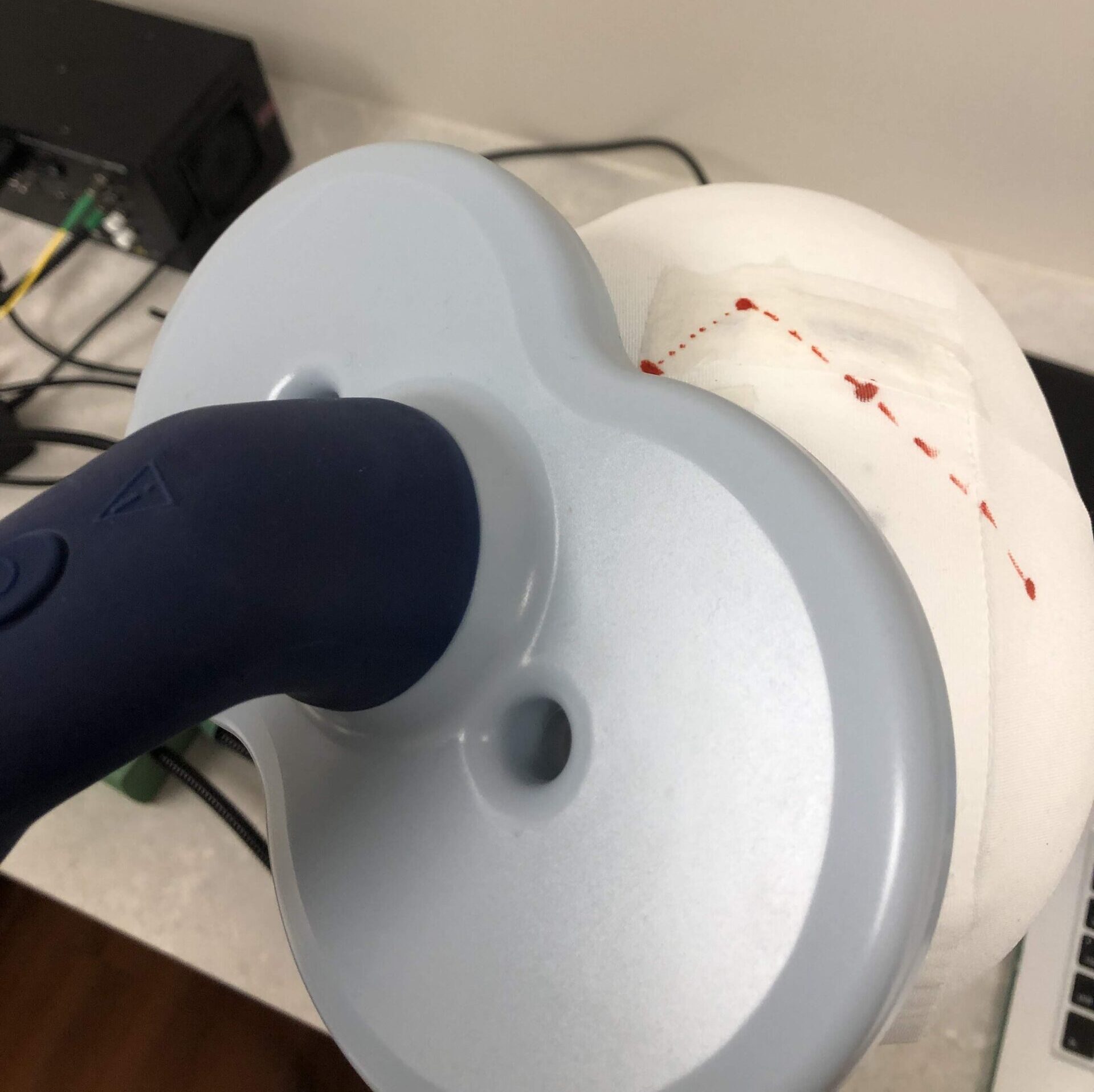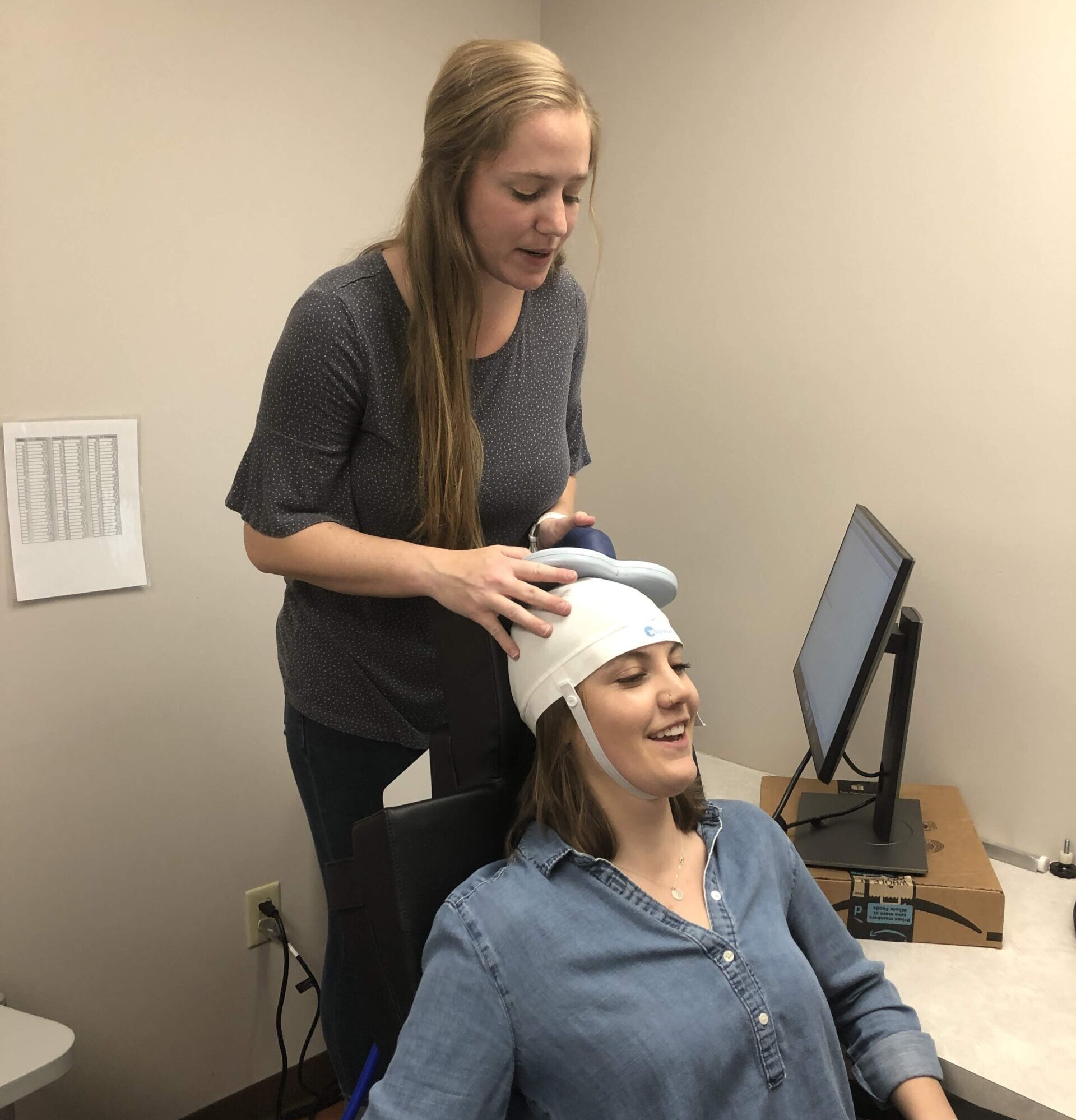THE PROBLEM:
Nearly one quarter of Americans age 65+ report serious mobility problems, like difficulty walking or climbing stairs.
This is huge. At least 25% of all older adults in the US report serious difficulty moving throughout their day [1]. They have trouble walking and keeping their balance. Imagine how much this could affect one’s daily life. It’s not surprising then that older adults rate restoring mobility as a top health goal — more important than living longer [2]. This means that understanding why we see mobility declines with aging is a critical research priority.
My research focuses on the brain. It’s clear that these mobility problems stem from more complex causes than muscle atrophy with aging or less physical activity. It’s also clear that our brains play a crucial role in walking and balance. However, the specifics of the brain’s role and changes with aging are not yet well understood..
My research goals are to understand how brain structure, function, and chemical composition change with normal aging — and how these changes contribute to mobility declines in older age.
My end goals include developing novel, highly targeted neural interventions to preserve mobility and prevent disability in older age.

MY WORK:
I am using multimodal neuroimaging, brain stimulation, and behavioral testing to understand how brain changes with aging contribute to mobility declines.
My ongoing work leverages a variety of brain and behavioral measures to characterize brain structure, function, and neurochemical changes with aging. And to understand how these changes relate to mobility declines in aging. I have
experience collecting and analyzing a variety of brain data, including: structural MRI data (T1 and diffusion), resting state fMRI, functional MRI, edited MR spectroscopy and transcranial magnetic stimulation (TMS)-induced muscle
silent periods. I also have experience using inertial measurement units (IMUs) and video motion capture to quantify gait and balance performance.
This page highlights some of my recent work in aging and mobility. However, for a complete, up-to-date list of my publications, please see my Google Scholar page.



How brain chemicals affect mobility in older age
Brain antioxidant levels and walking
The first paper from my dissertation study examined how glutathione (i.e., a brain antioxidant) changes with aging and relates to mobility.
Motivation: oxidative stress is thought to increase in the brain with older age. However, it is not known if–in response–brain antioxidant levels also increase with age. To test this, we measured frontal and sensorimotor glutathione levels in the MRI scanner using edited magnetic resonance spectroscopy (MRS).
Results: We found higher glutathione levels for older (65+ years) versus younger (18-35 years) adults. Importantly, age differences were present when correcting for cortical atrophy; this implies that–although older adults had atrophy (brain tissue loss)–there is elevated glutathione within the brain tissue that remains in aging.
Next, we tested for behavioral consequences of elevated glutathione in aging. In older adults, we found that increased glutathione in the sensorimotor region (i.e., the part of the brain that controls leg/foot movement) was associated with key predictors of physical function and independence (poorer balance, walking, and hand coordination).
Interpretation: We interpret increased glutathione in regions involved in motor control being associated with *worse* motor performance as reflecting an up regulation of brain antioxidant levels in response to the increasing brain oxidative stress that occurs with normal aging.
Overall: We think that brain glutathione levels could be a marker of neural compensation for increased oxidative stress with brain aging and also a marker of poorer functional motor performance.
What’s next? There are several possible next steps to this work, including replicating these findings in a larger cohort, examining glutathione changes over the whole lifespan (i.e., including childhood and middle age), and conducting a diet study or glutathione intervention study (to see whether dietary glutathione or supplements impact brain levels and mobility). There are no official next steps to this work yet, but so far I’ve helped contribute to a grant aiming to study glutathione levels in several patient populations — so more work in this area is coming!
References:
1) Kraus, L. 2015 Disability Statistics Annual Report. A Publication of the Rehabilitation Research and Training Center on Disability Statistics and Demographics. Institute on Disability, University of New Hampshire (2016).
2) Goins, R. T., Jones, J., Schure, M., Rosenberg, D. E., Phelan, E. A., Dodson, S., & Jones, D. L. Older adults’ perceptions of mobility: A metasynthesis of qualitative studies. The Gerontologist 55, 929-942 (2015).